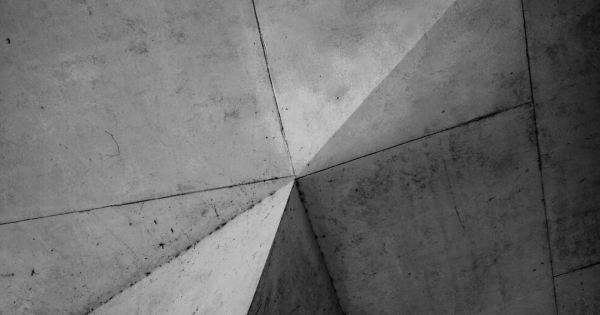While concrete has excellent compressive properties, it doesn’t perform well under tension. When subject to stress, concrete often develops cracks. When it weathers, it significantly transforms the structures’ function and aesthetics. The challenge for the construction maintenance team is to minimize damage by applying proven techniques.
The use of concrete is still widespread, with 88.5 metric tons produced in 2018 to meet industrial concrete needs. The industry has developed the best practices to address some of the factors that can accelerate the deterioration of structures. Here are factors to keep in mind when rehabilitating concrete structures.
1. Design and Material Factors
When rehabilitating structures, personnel must resist the urge to rush through the planning and design stages. Determining the cause behind weathering will help in the selection of materials from your local concrete supplier.
Since concrete requires reinforcements with materials such as steel, the support must be of an appropriate grade. A registered engineer should inspect the structure after repairs, as some restoration techniques require technical know-how.
For the best results, maintenance personnel should adhere to the procedures at every stage of the process. The process includes a wide range of tasks, such as sourcing concrete suppliers to removing worn-out sections before repairs.
2. Level of Exposure to Severe Conditions
Freezing weather can have a devastating impact on concrete. However, some sections of the structures are more susceptible to the effects of freezing weather than others. The most vulnerable are the portions where there is exposure to water.
Whenever there is evidence of weathering, preventive maintenance can mitigate the effects of exposure to the elements. You can use a suitable protective treatment agent from your local concrete supplier. The application of the sealing compound is for managing weathering on older structures.
3. Concrete Sealant
Epoxy, Silane, and Siloxane concrete sealant have the best performance for buildings in high-traffic premises. They can also retain the concrete’s properties in conditions with instances of temperature fluctuations.
The maintenance team should address and repair cracks as soon as they appear. By using an appropriate sealant, it is possible to block surface cracking and breaking edges on the structure.
4. Quality of Initial Materials Used
It could be that the structure is susceptible to damage because the initial concrete supply was of questionable quality. Contractors could have also used low-quality sealants, which ultimately increase maintenance costs. The structure may give a false sense of safety, which can have devastating results.
Evaluation and Repair
A vital step in concrete repair is identifying the sources of deterioration. Alkali-aggregate reactions can develop defects that are similar to defects common with freezing temperatures. The maintenance team must, therefore, be discerning to address weathering.
Sounding is one of the universal techniques professionals apply to find defects. Strong concrete structures produce a dull thud and do not show signs of rebounding. Such methods need an experienced engineer to get a precise evaluation of the condition of the construction. A Schmidt Rebound Harmer from a local concrete supplier is a tool that can generate more accurate results.
It is not wise to overlook any step in the concrete repair process. The techniques the construction team applies ought to comply with building codes. The construction team should acquire the standard grade of materials from your trusted local concrete suppliers in Deleware. For more information on concrete products and services talk to the experts at GFP mobile mix supply.



